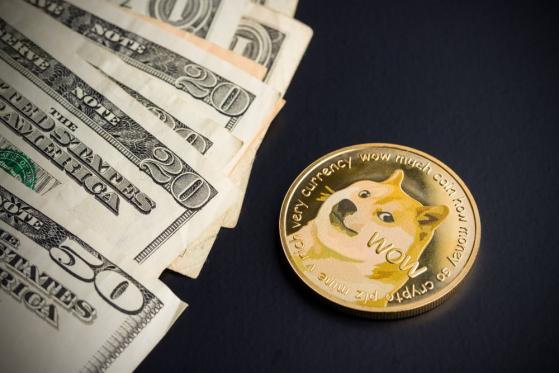By this point nearly the whole world has heard of DOGE coin. It’s become an internet phenomena, and is now a popular investment choice particularly among young people. DOGE has skyrocketed in recent months, reaching as high as 74c the week leading to Elon Musk’s controversial appearance on Saturday Night Live, where the currency fell over 30% during the show.
It’s been a hotly contested subject as it continues to divide people, and left many sidelined and many others in significant profits. But where does it stop, and what does it mean?
According to one of the most active venture capitalists in the crypto industry, It represents a change in the way that people view investing on a macro scale. According to Charles Read, Founder of Rarestone Capital, “DOGE is the first real chance that young people have had to put their money into ‘meme culture’ and profit from that. With people like Elon Musk adding fuel to that fire, it actually represents a culture shift in people's perspective toward investing, and reinforces that value is actually determined by market participants. If DOGE is breaking new highs it’s because the market intends that, regardless of any fundamentals.”
As we learn more about DOGE and the fact that it was actually really made as a joke and its creator doesn’t even own any, it draws criticism from traditional finance market participants as they cannot comprehend as to why people are buying.
Read says that it’s actually “attention and influence” that are dictating price action in this new paradigm, rather than fundamentals and things like revenue or business growth. Read adds, “That is hard for people to understand and why most were left behind on DOGE.”
Is DOGE An Outlier Or The New Standard?We are continuing to see the aggressive growth of other “meme coins” hoping to gain market share from DOGE, but there are major risks in these cryptocurrencies. DOGE has been around for many years, most of those holding it either trade its bull and bear market cycles or hold it because they want to invest in “meme culture”.
With other currencies that try to take attention from DOGE, there are risks of exploitation and lack of liquidity which can result in even more volatility. Aside from this the average market participant does not know how to audit the safety of the tokens they are interacting with.
Read explains, “I think we can safely expect to see the market continuing on in this direction - particularly in the permissionless and decentralised exchange space. This will continue to draw regulator attention and criticism as a result. I think we continue to see more attention toward permissionless systems and cryptocurrencies that people build community around; sort of like social currencies, most of which will have no utility - but that won’t matter.”
We asked Read if he invested in DOGE or other meme currencies and he responded that he traded the volatility but did not own any DOGE tokens himself.
